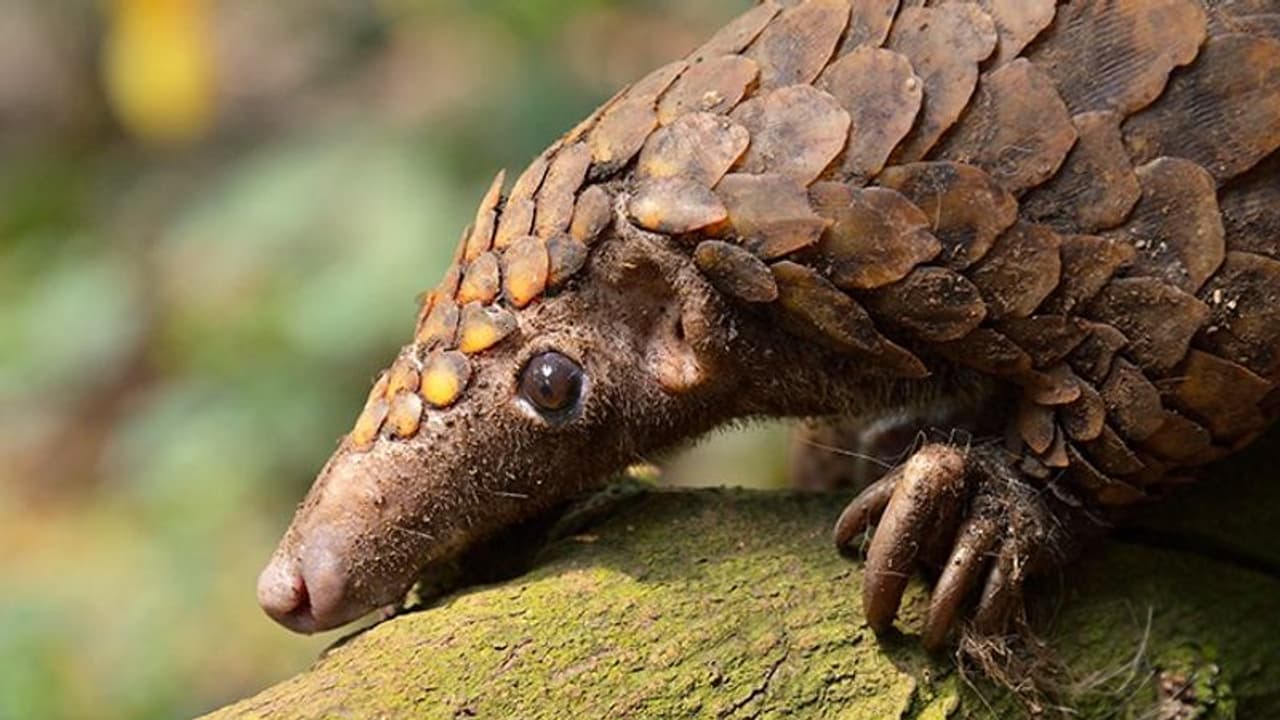The forest officials have not only been fighting against poachers in the jungles but also in the cyber world. On this World Wildlife Day, let us take a look at how YouTube is becoming a growing challenge in India’s pursuit to conserve its wildlife.
Image: Getty Images

Illegal wildlife trade is the biggest threat to wildlife conservation across the globe, particularly in India. Reports of frequent busts of gangs and individuals trying to illegally trade live wildlife, or their parts is a nightmare and a roadblock in the conservation of wildlife. And the threat nearly doubles when these trades take place online.
India, particularly Madhya Pradesh, has seen scary incidents of illegal wildlife trade taking place on platforms such as YouTube and e-commerce websites. But the forest department(s) has rolled up its sleeves for its endeavour to stop the illegal trade of wildlife.
It was in October last month when the Madhya Pradesh Special Task Force (wildlife) had successfully busted a gang involved in the illegal trade of wildlife articles including pangolin scales wherein three people were arrested after searches were conducted in Indore, Sagar, Shivpuri and Ujjain districts. This was not the first time that such a trade was busted. In past, similar trades have been busted in Maharashtra, Odisha and West Bengal among other states.
In MP particularly, there have been quite a few cases where the STF was able to successfully catch the people involved and get the videos off from YouTube. The Wildlife Crime Control Bureau (WCCB) has also closely been monitoring such crimes.
ALSO READ: World Wildlife Day: 10 must-visit national parks of India
How does an illegal trade on YouTube take place?
According to a senior officer of the MP Forest department, the poachers have been using the medium of YouTube to illegally sell wildlife articles online. They make videos, post them on the website and communicate through the medium of comments section wherein the buying/selling takes place. Those involved in this illegal trade make videos of artefacts or live animals/birds available with them. Prospective buyers drop into the comments section, showing their will to buy and exchange their numbers. From there, the conversation shifts to a personal chat where the deal takes place. Basically, it is the comments section on these videos that become a place for the buyers/sellers/middlemen to communicate with one another.
ALSO READ: Wheels in motion to reintroduce Cheetahs in India
How’s the forest department tackling it?
“The department is well equipped to tackle these crimes. Our cyber cell and STF closely monitor such videos and immediate action is taken upon discovering such a trade. The people involved are arrested and videos are taken off the website,” said the officer.
What’s the punishment?
The Wildlife Protection Act (WPA) 1972 was enforced to conserve wildlife including animals, plants and birds. Any illegal trade, possession or hunting of wildlife is prohibited under WPA and is a punishable offence. The punishment can vary from sentence to fine or both, depending upon the type of crime and the schedule under which it is protected. For instance, tiger, elephant, pangolin, et al are protected under schedule I of WPA.
